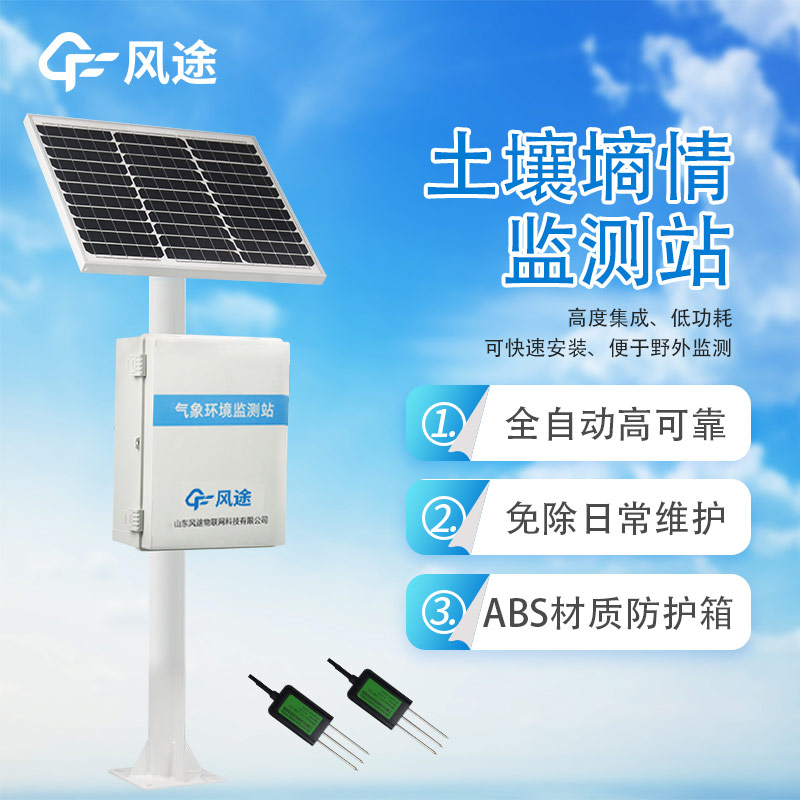Shandong Fengtu IOT Technology Co., Ltd
Sales Manager:Ms. Emily Wang
Cel,Whatsapp,Wechat:+86 15898932201
Email:info@fengtutec.com
Add:No. 155 Optoelectronic Industry Accelerator, Gaoxin District, Weifang, Shandong, China

Sales Manager:Ms. Emily Wang
Cel,Whatsapp,Wechat:+86 15898932201
Email:info@fengtutec.com
Add:No. 155 Optoelectronic Industry Accelerator, Gaoxin District, Weifang, Shandong, China
time:2024-11-04 08:40:29 source:Weather Station viewed:521 time
Soil detection systems include a variety of equipment and technologies used to analyze and assess soil quality, detecting various parameters of the soil, such as nutrient content, moisture, pH value, organic matter, etc. Here are some common soil detection systems:
Soil moisture monitor: Used for in-situ measurement of soil temperature, moisture, salinity, pH, etc.
Portable soil nutrient tester: Used to detect nitrogen, phosphorus, potassium, organic matter, and trace elements in the soil.
Portable redox potential meter: Used for on-site in-situ testing of the redox potential of fresh or moist soil.
Portable soil compaction tester: Detects soil compaction, which can prevent water infiltration.
Soil organic carbon tester: Measures the content of organic carbon in the soil.
Soil heavy metal tester: On-site monitoring of metals involved in RCRA and priority controlled pollution metals.
Soil acidity tester: Quickly measures the pH value of the soil.
Soil tensiometer: Determines soil tension.
The Soil moisture monitor can track soil moisture and temperature in real-time, assisting in the management of irrigation and crops. They integrate data collection, sensors, wireless transmission, and other functions, simplifying installation and operation. Sensors can be installed at different soil layers, and wireless modules support remote data access. There is also an intelligent alarm function that alerts users when there is an abnormality in humidity.

The Air Quality Monitoring Station is a miniaturized, intelligent, and grid-based air quality monitoring device. It integrates multiple sensors, enabling real-time and accurate monitoring of various key indicators in the air. With the help of IoT technology, the collected data is quickly transmitted...
Landslide monitoring equipment, as an important tool for ensuring geological safety, can monitor the characteristics of landslide masses and related environmental factors, providing crucial data for analyzing landslide risks.Displacement monitoring equipment: The GNSS monitoring system utilizes the...
In an air quality monitoring station, the "four gases" refer to sulfur dioxide (SO₂), nitrogen dioxide (NO₂), carbon monoxide (CO), and ozone (O₃), while the "two particulates" are fine particulate matter (PM2.5) and inhalable particulate matter (PM10).Cities are vast in space...
The Air quality monitoring station is playing an increasingly prominent role in the field of environmental monitoring. It can monitor a variety of air pollutants in real-time, such as sulfur dioxide, nitrogen dioxide, carbon monoxide, ozone, and particulate matter. Its operation relies on different...